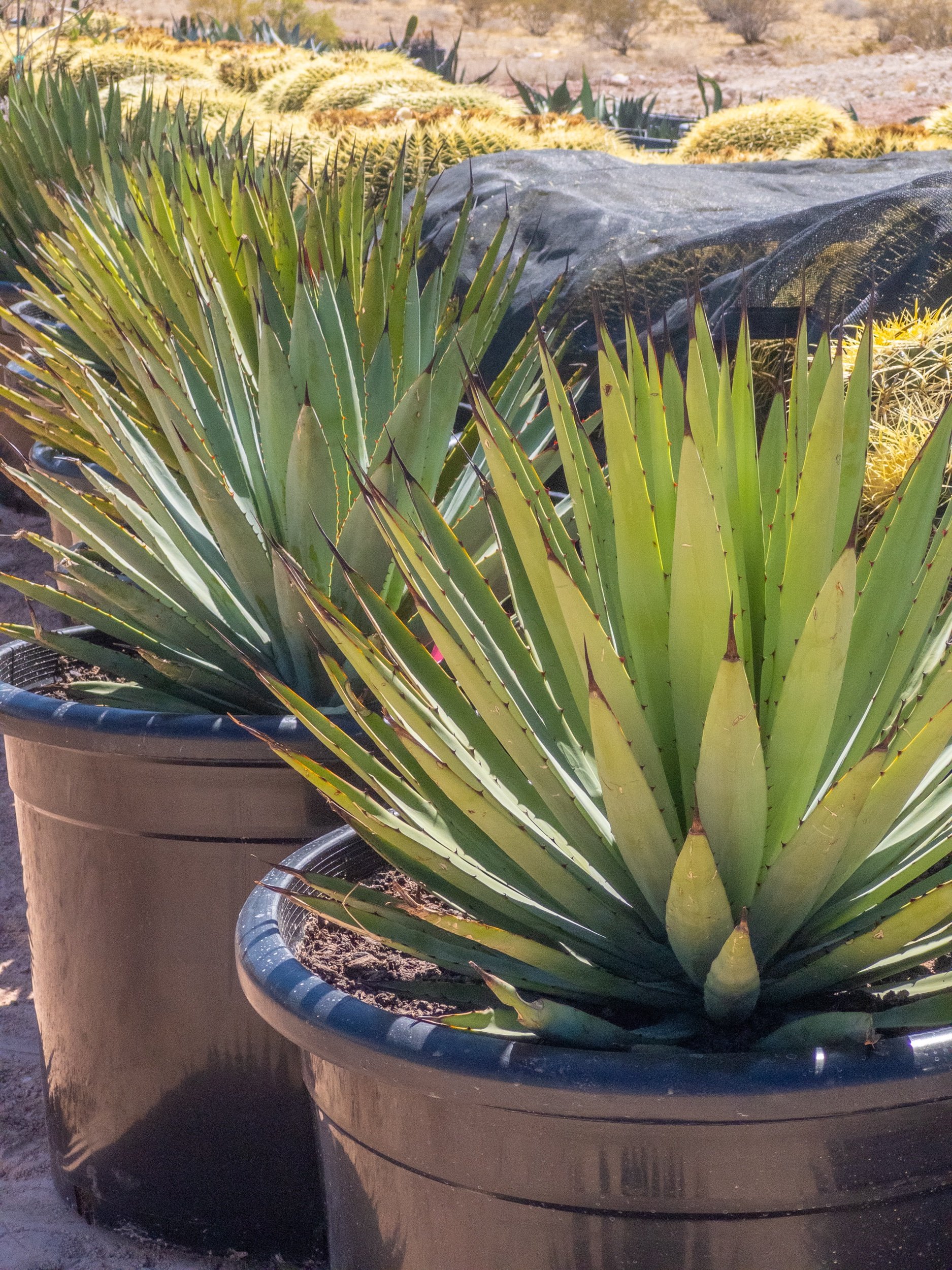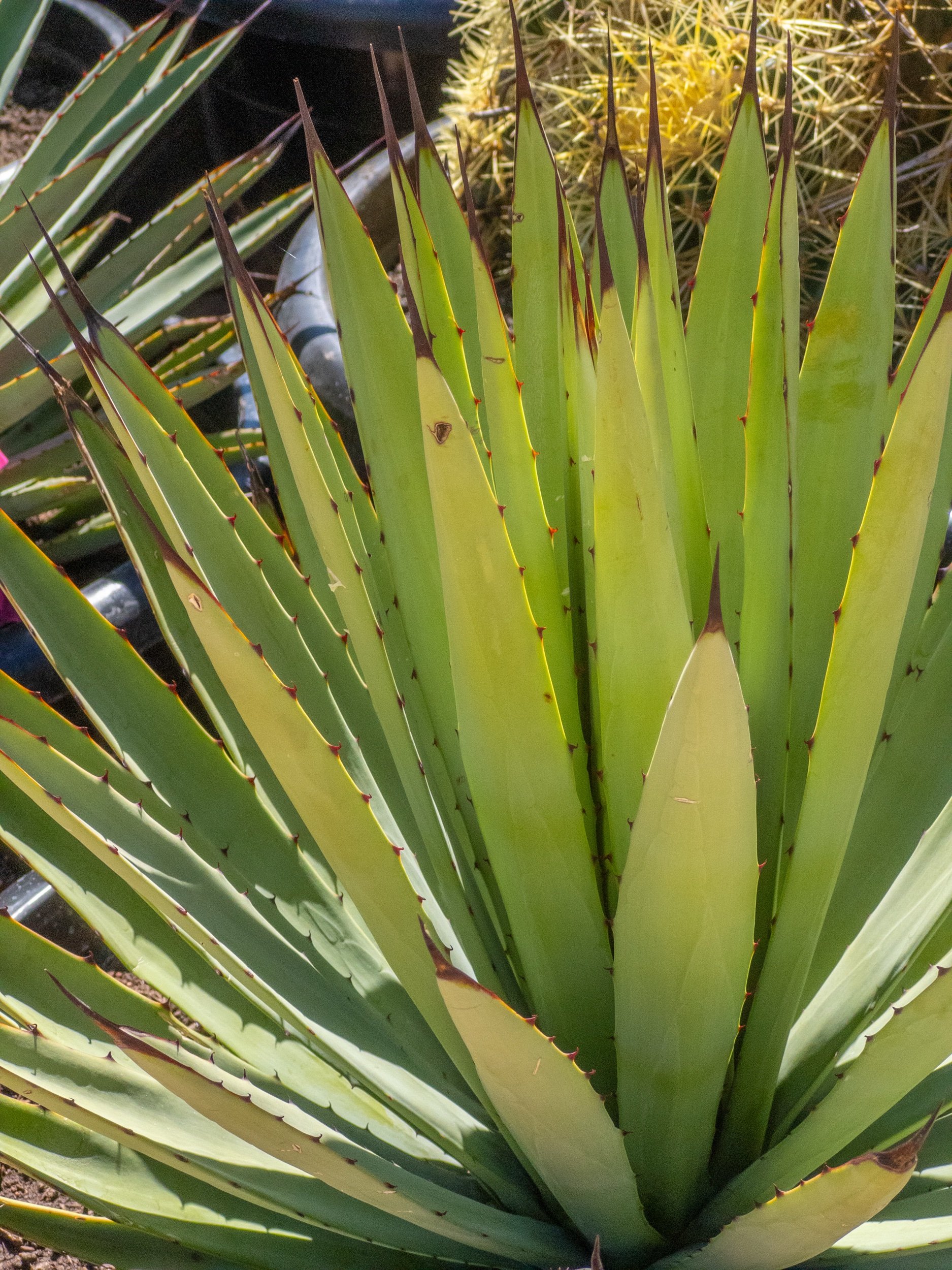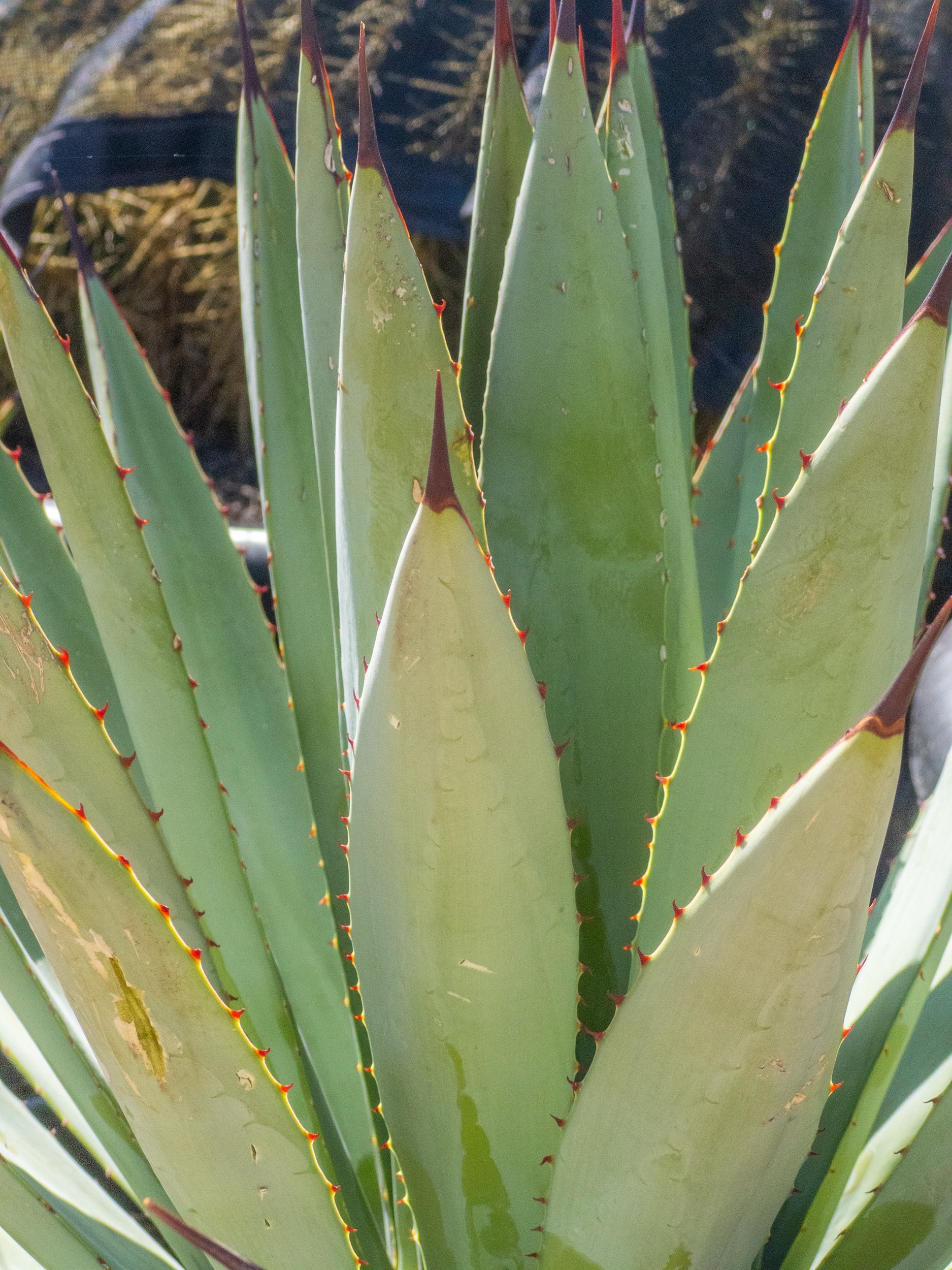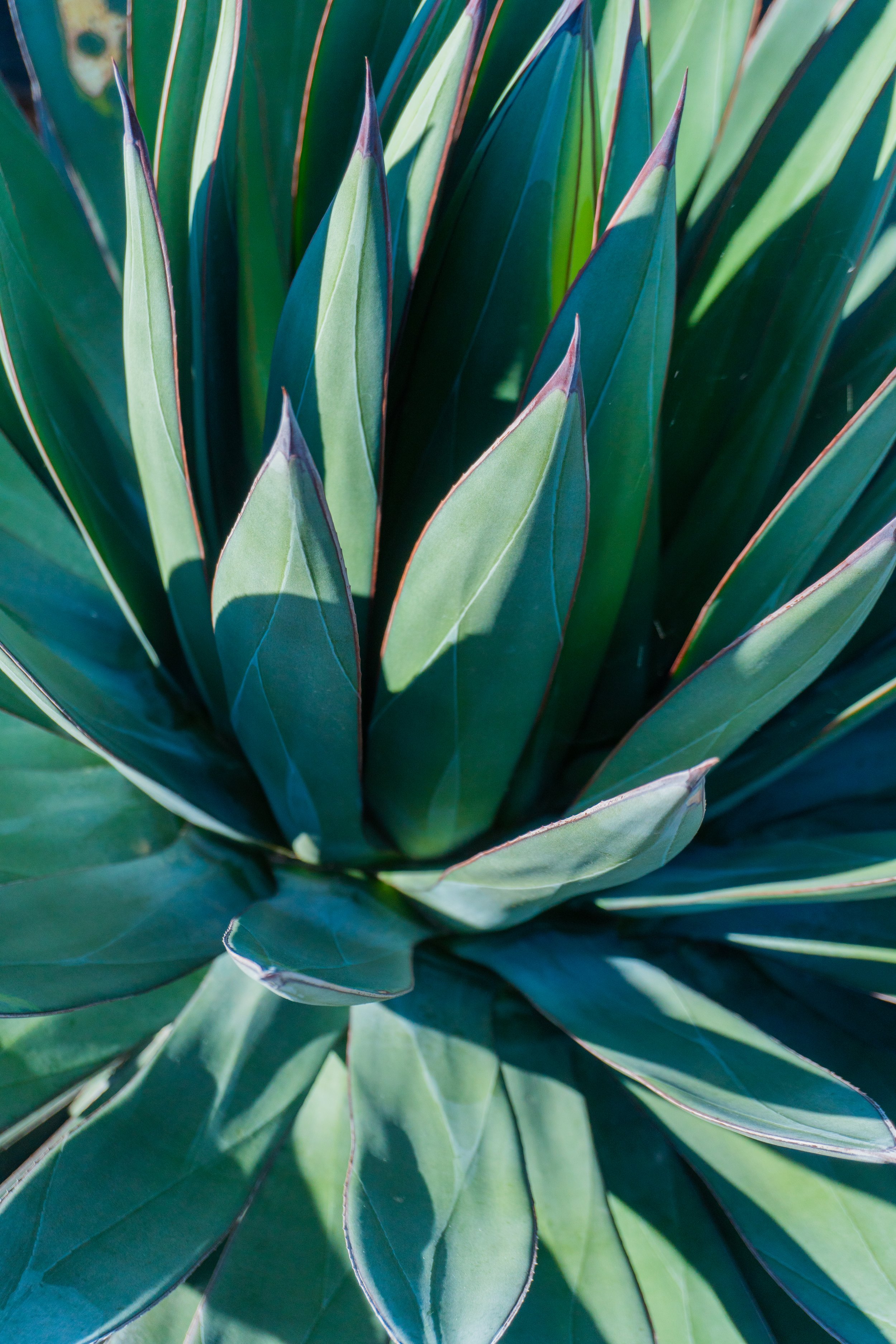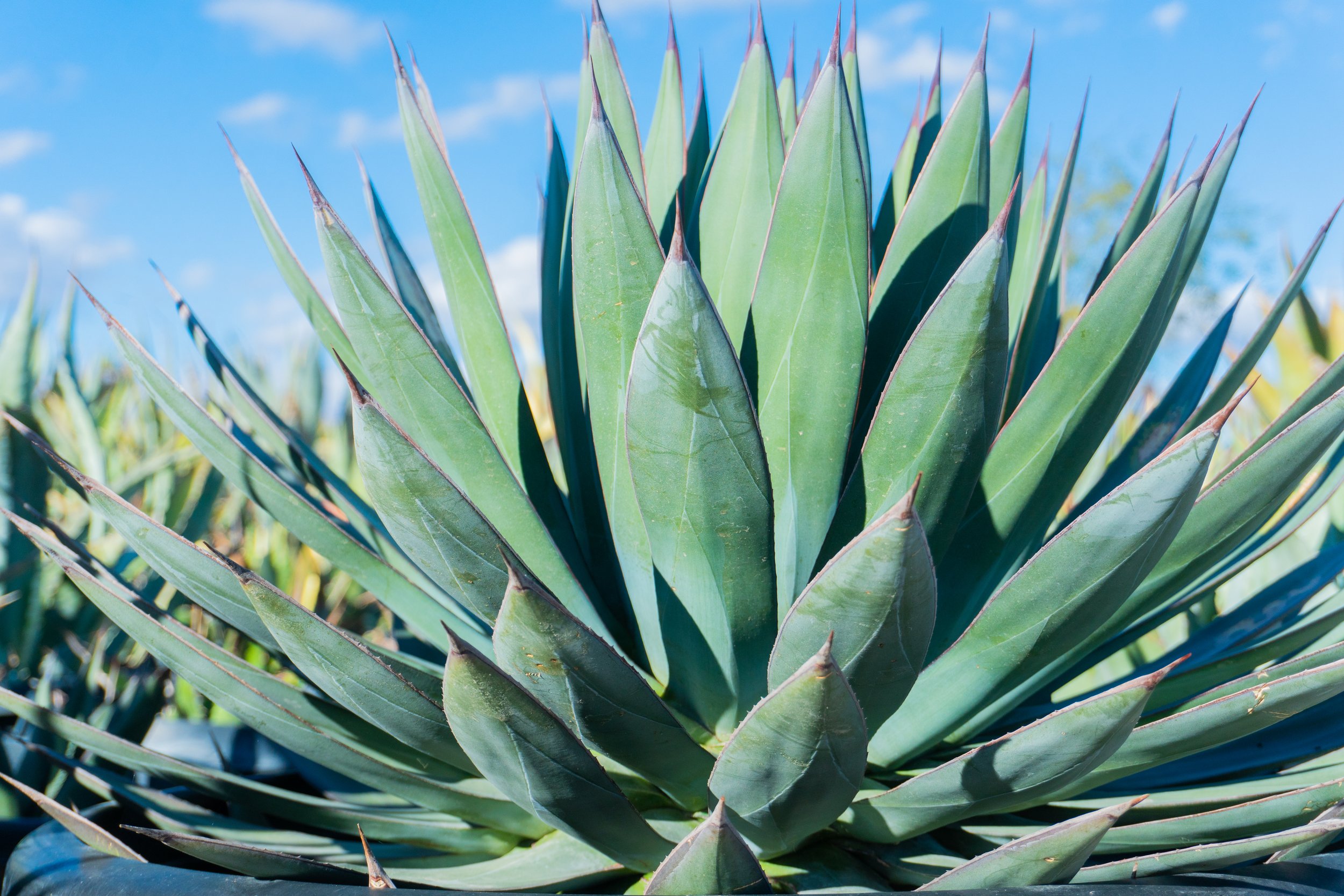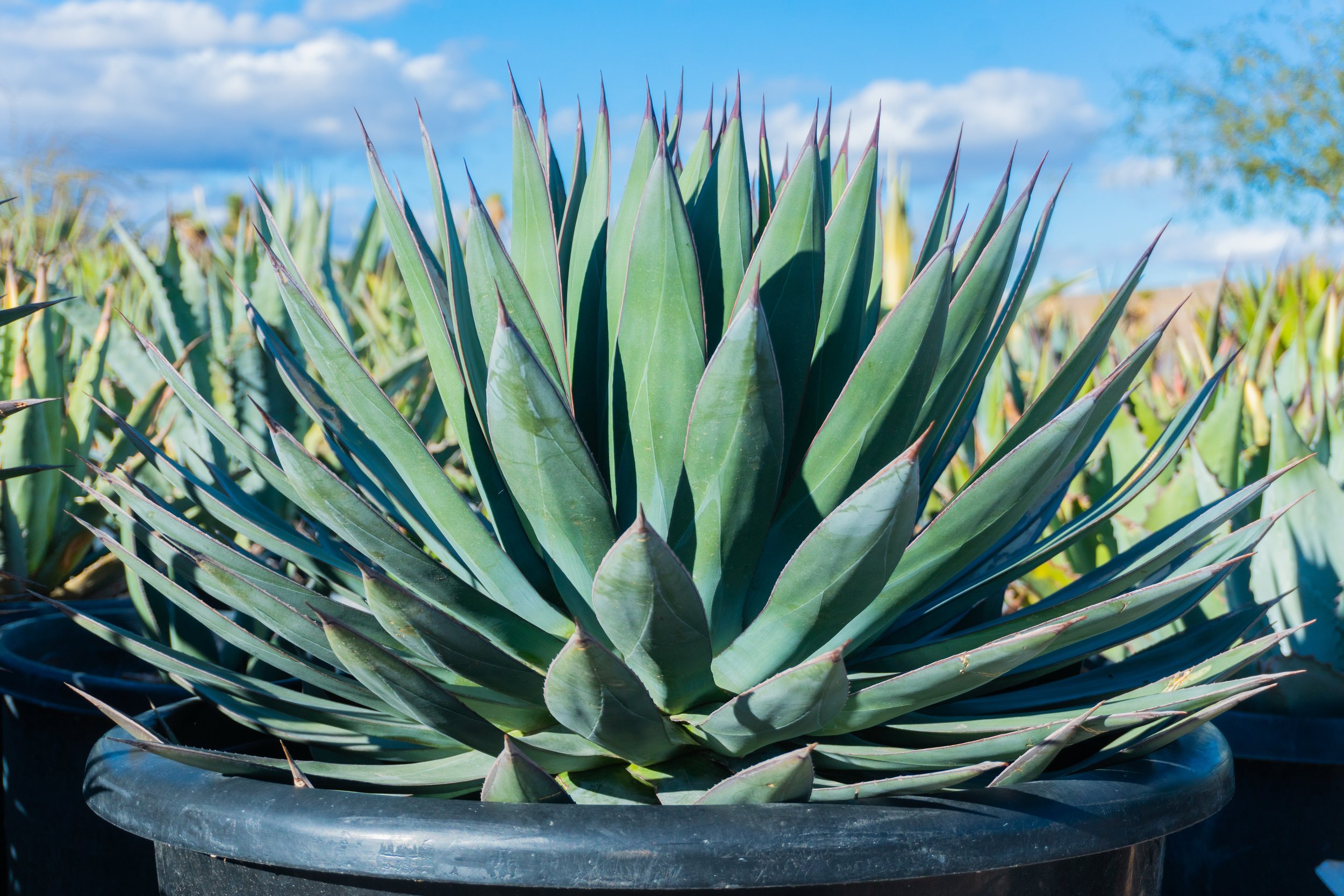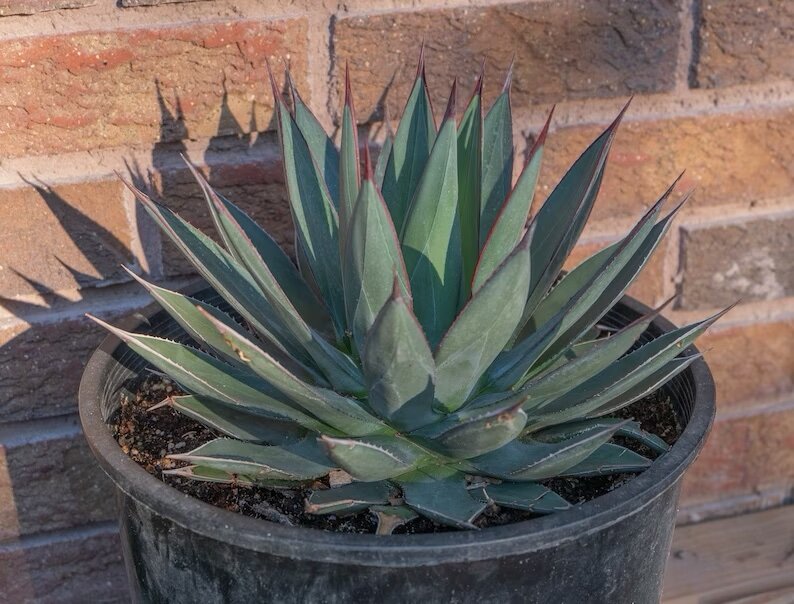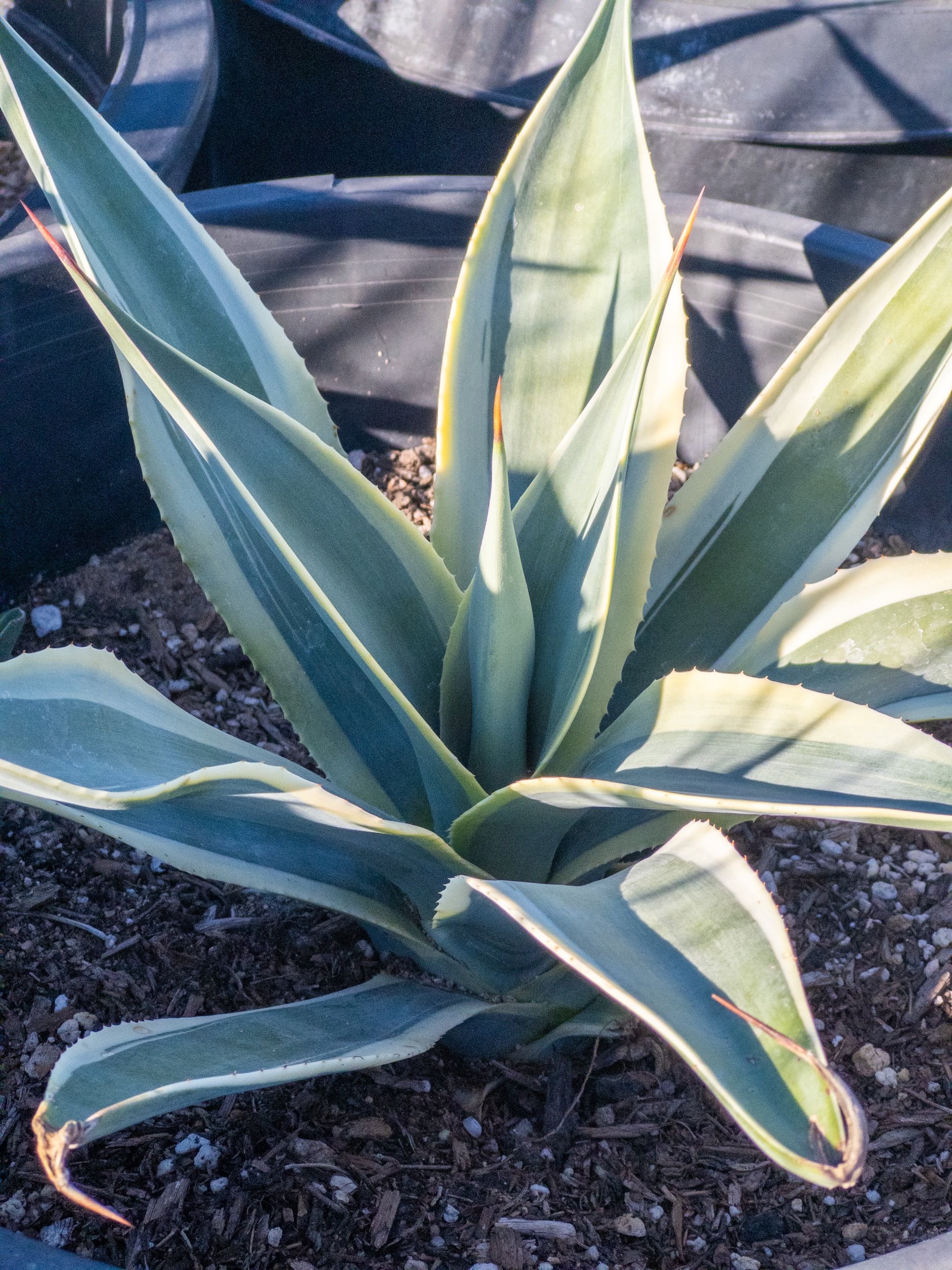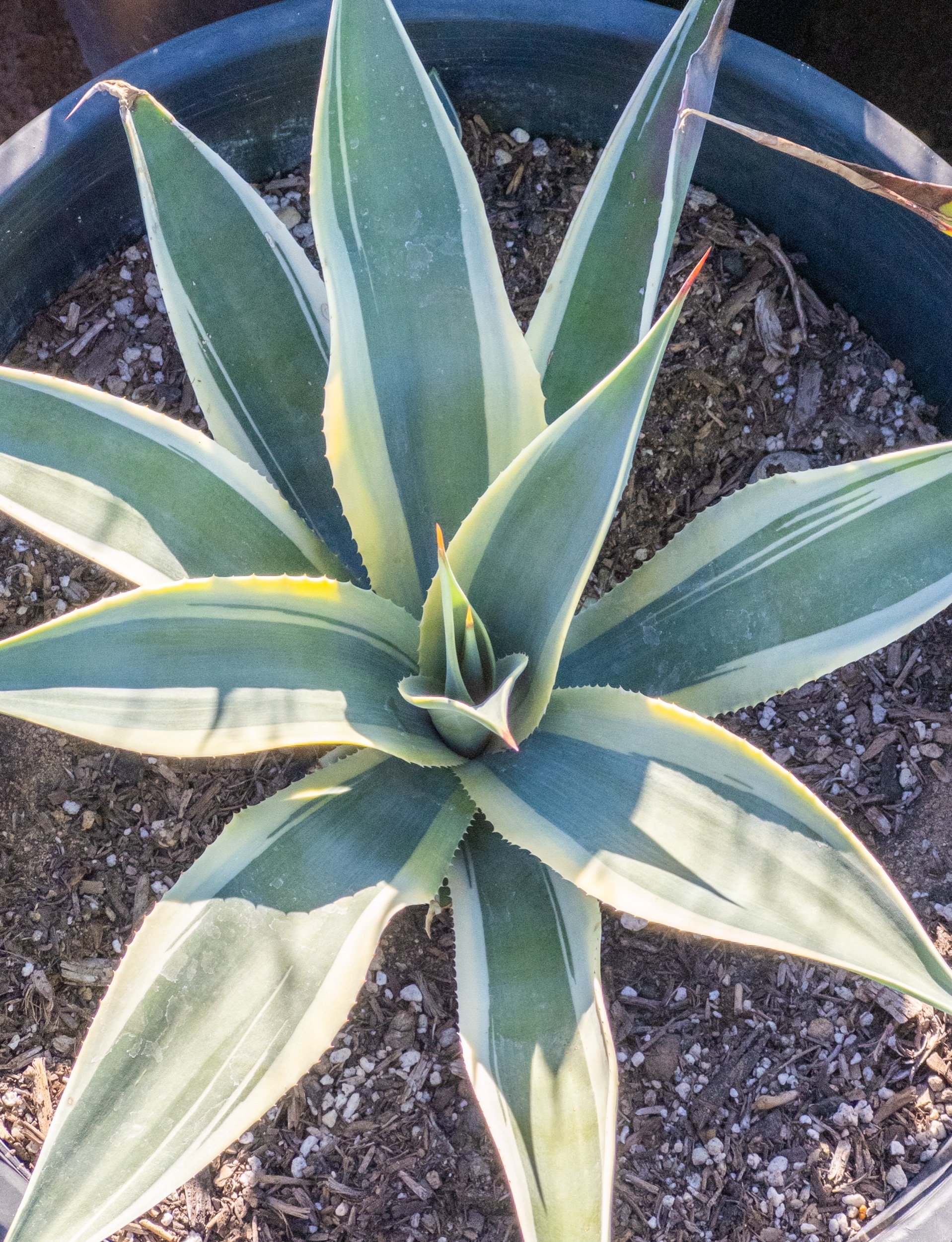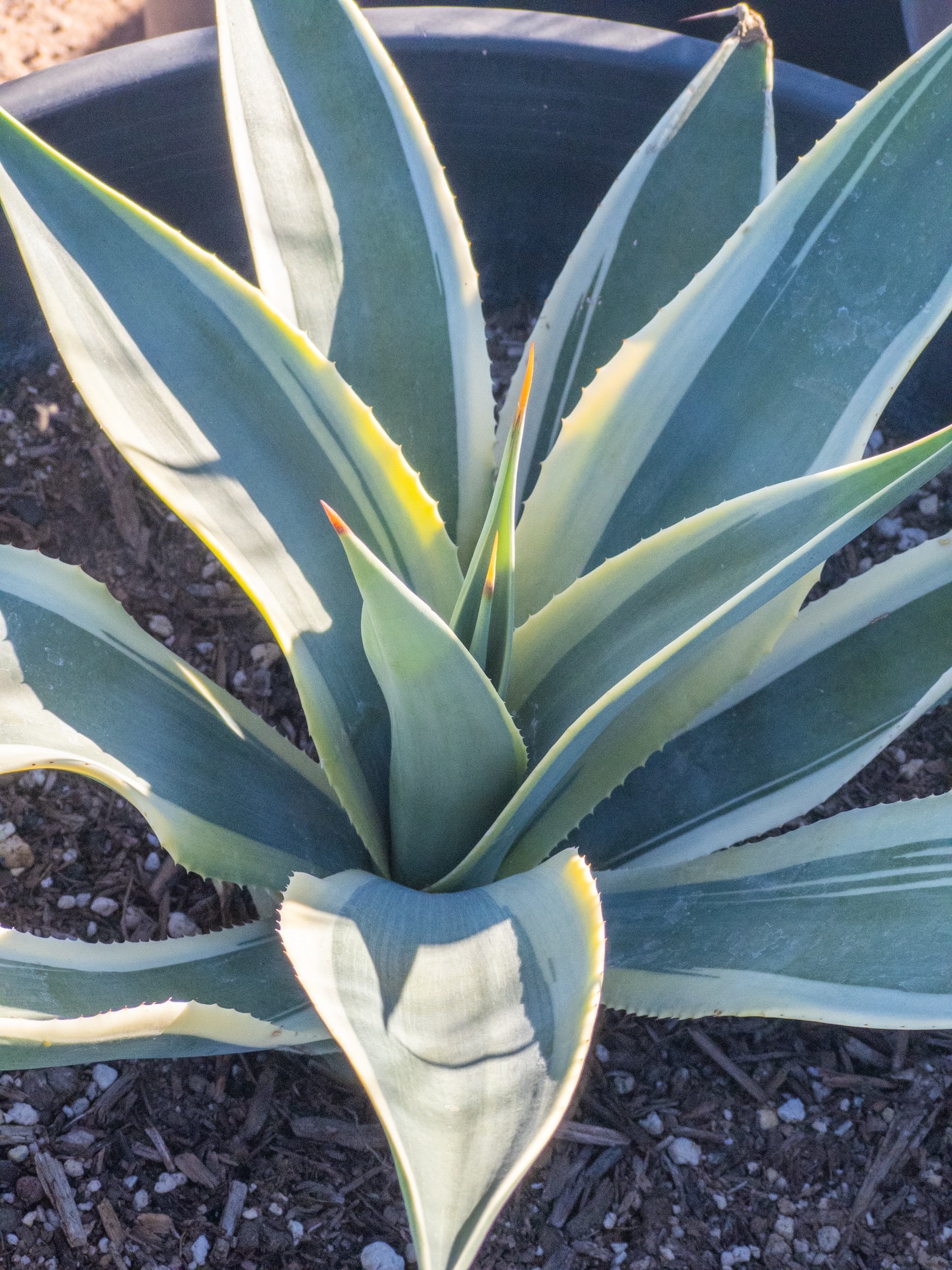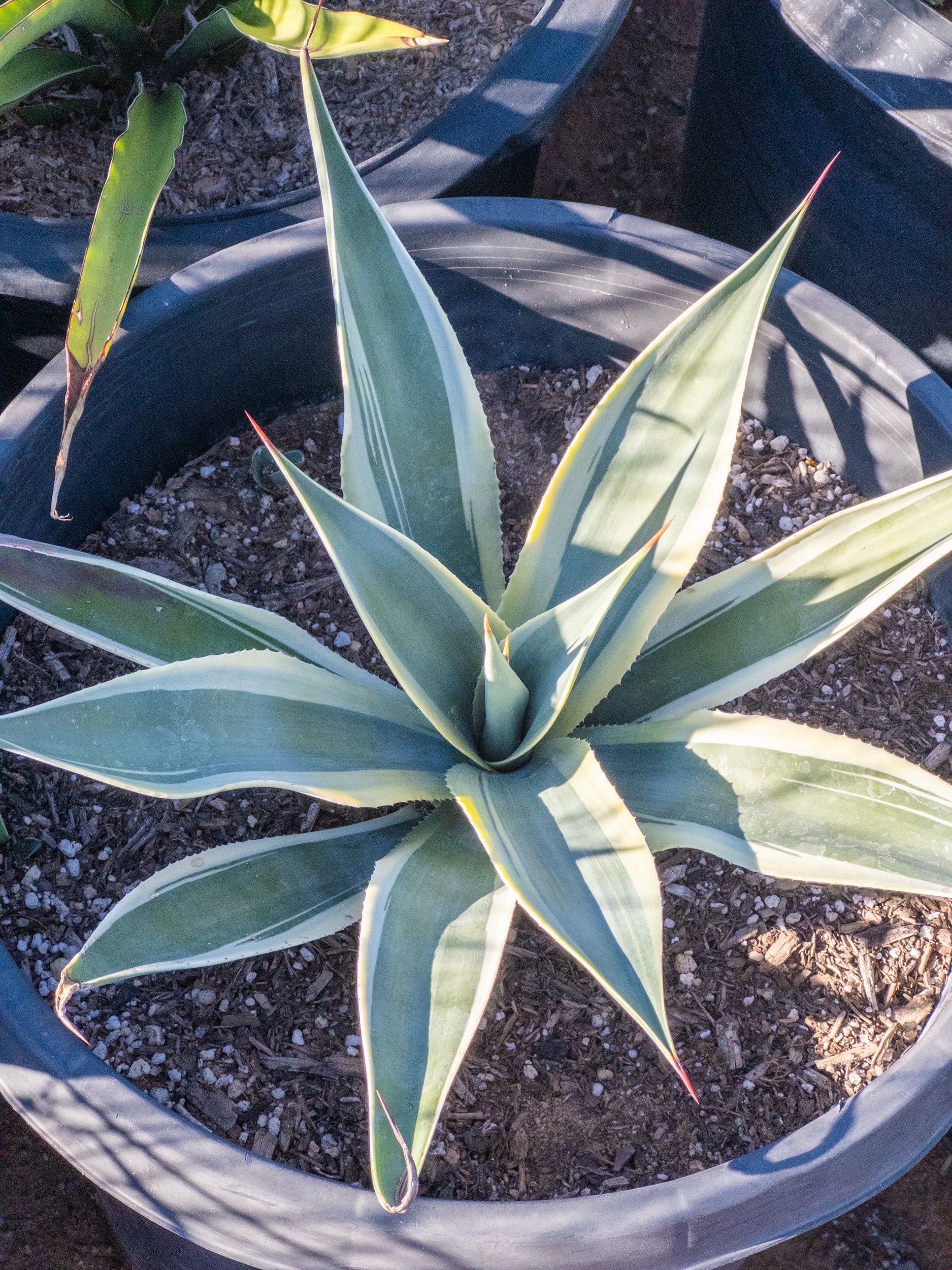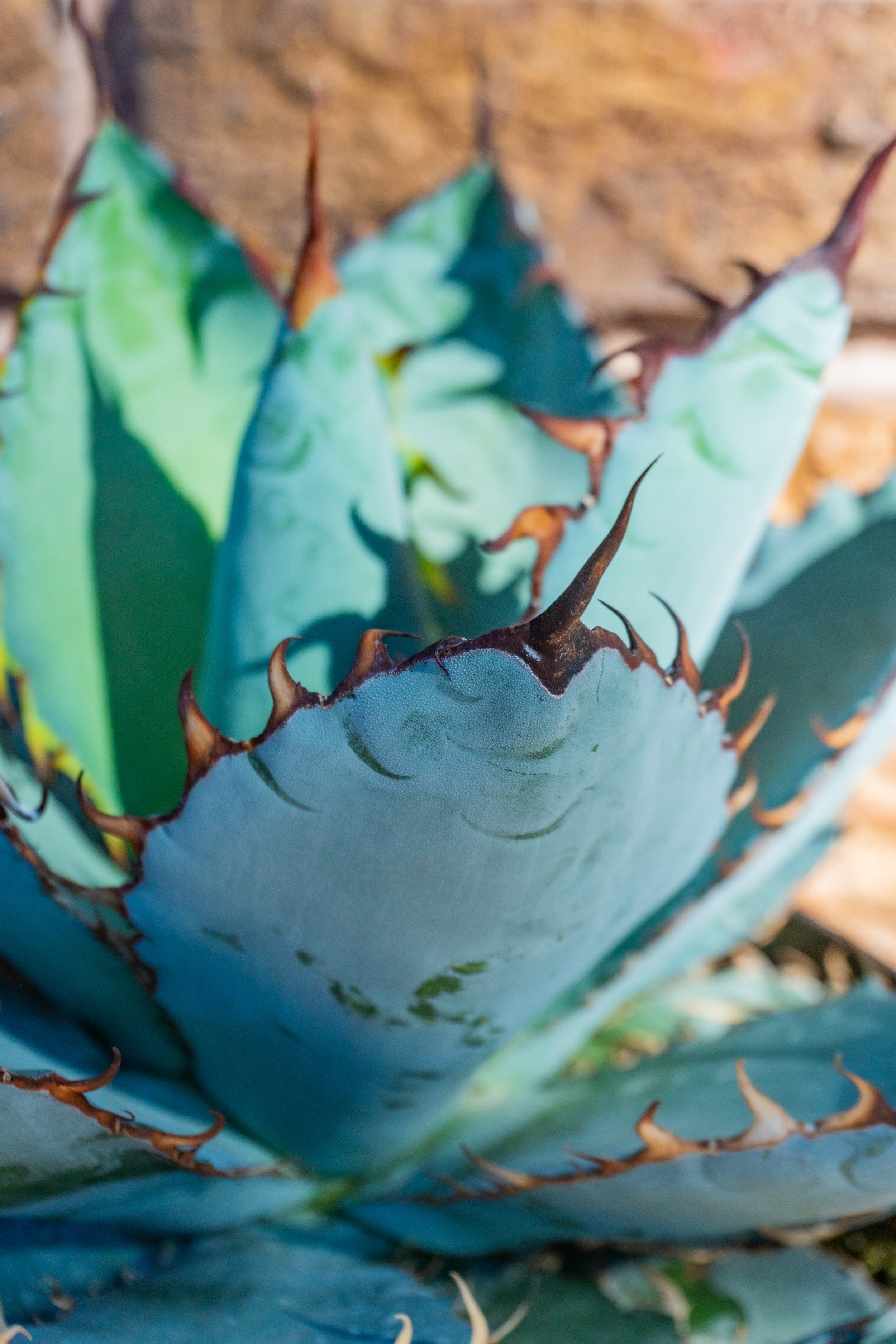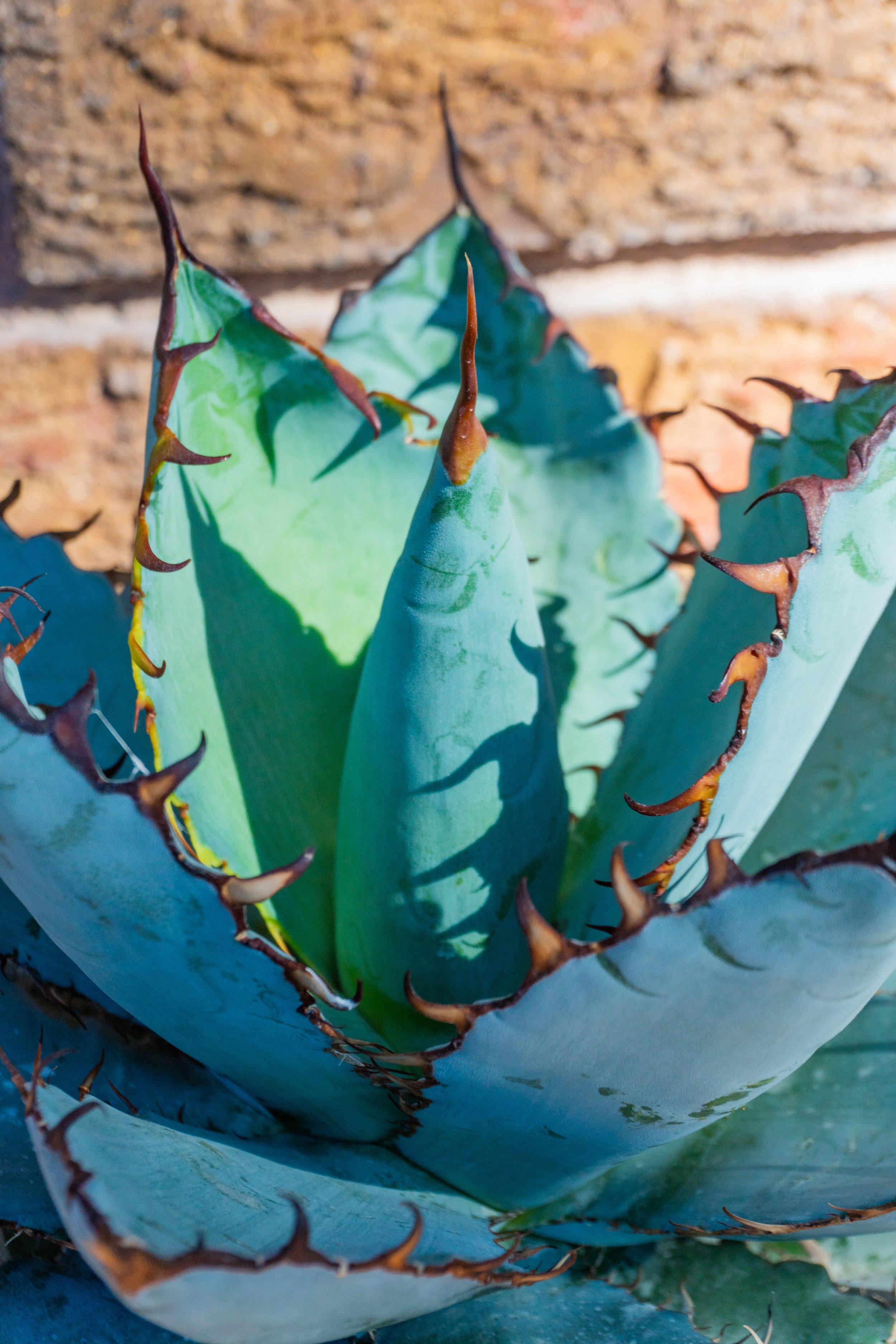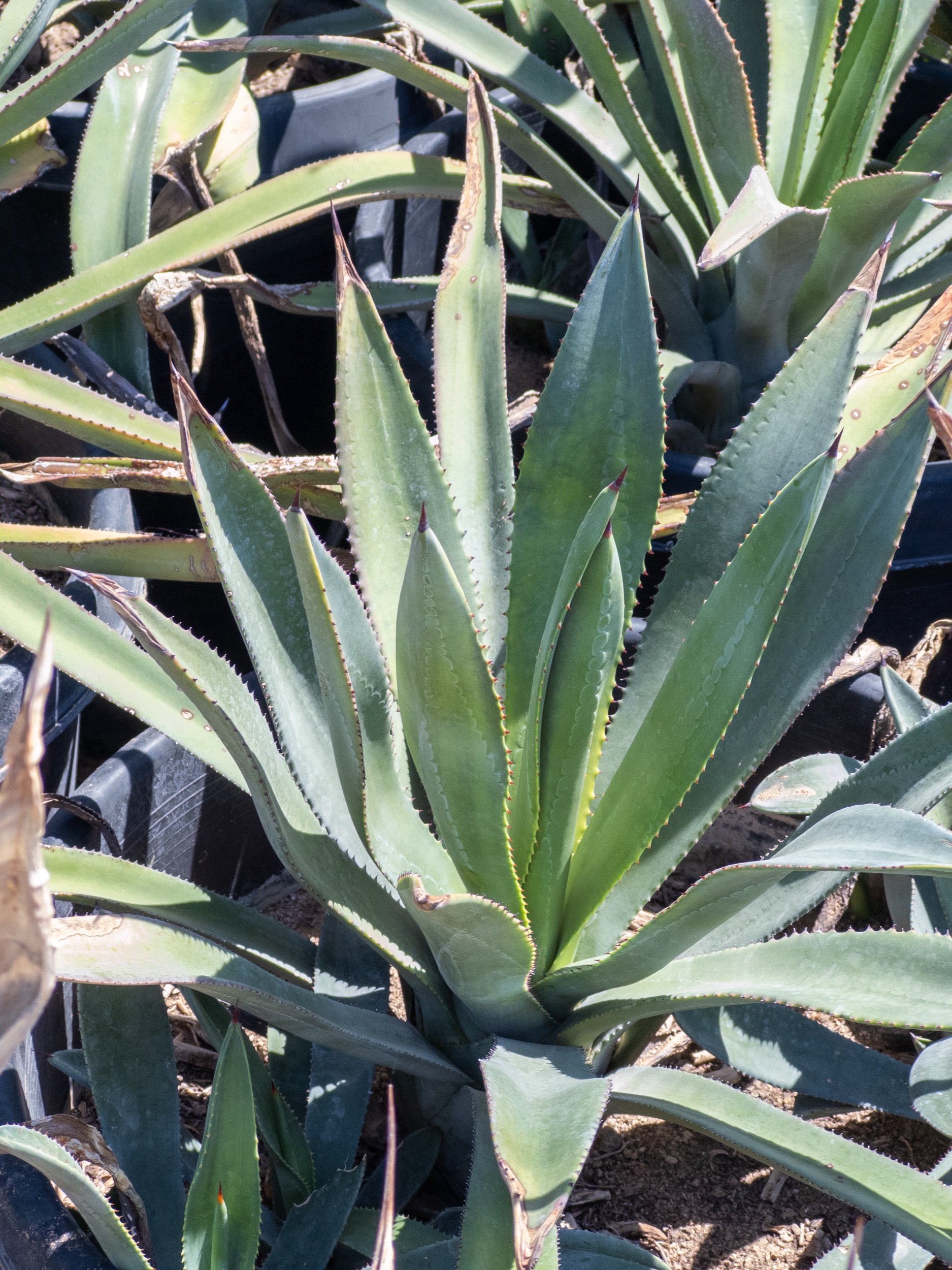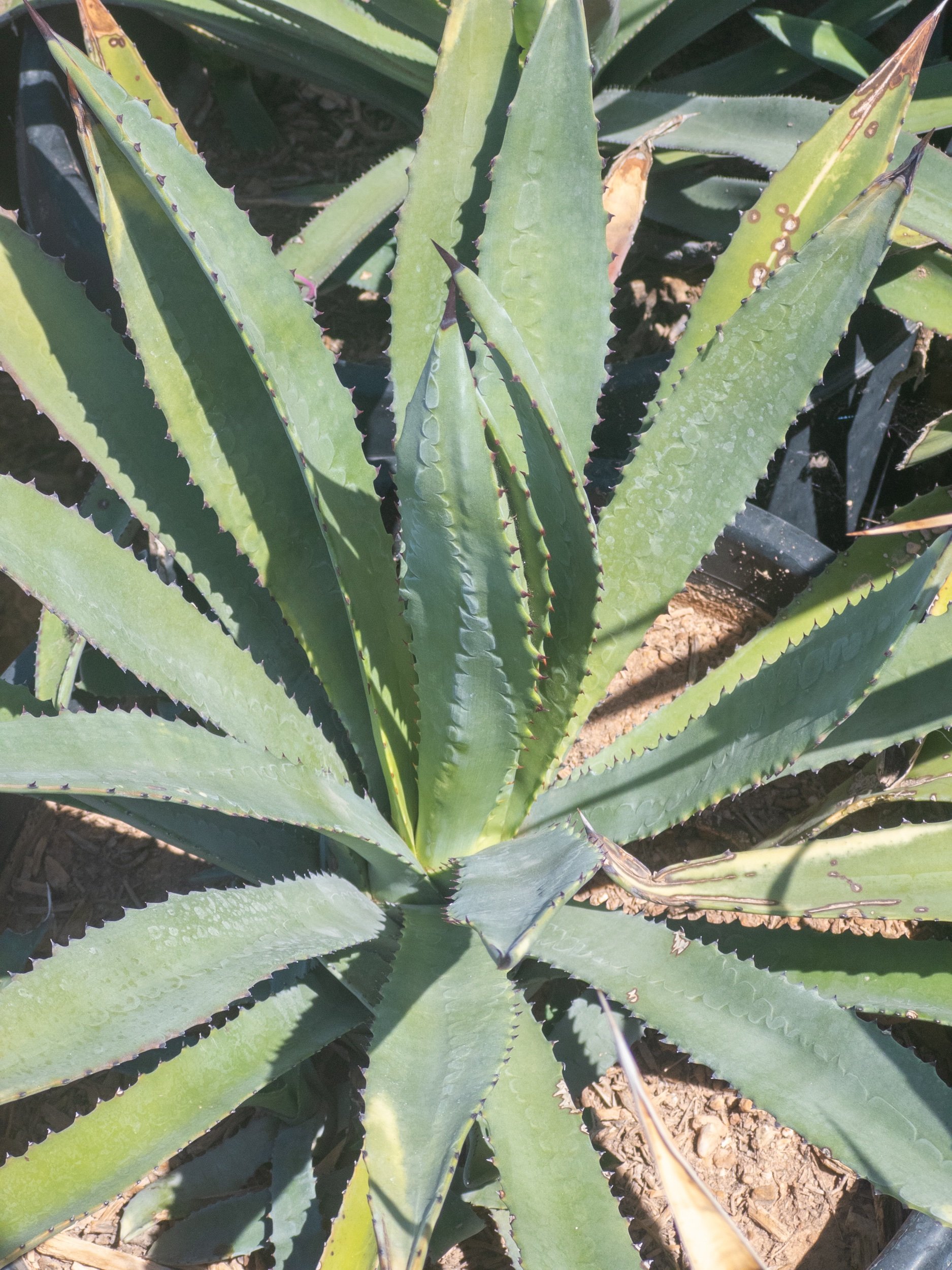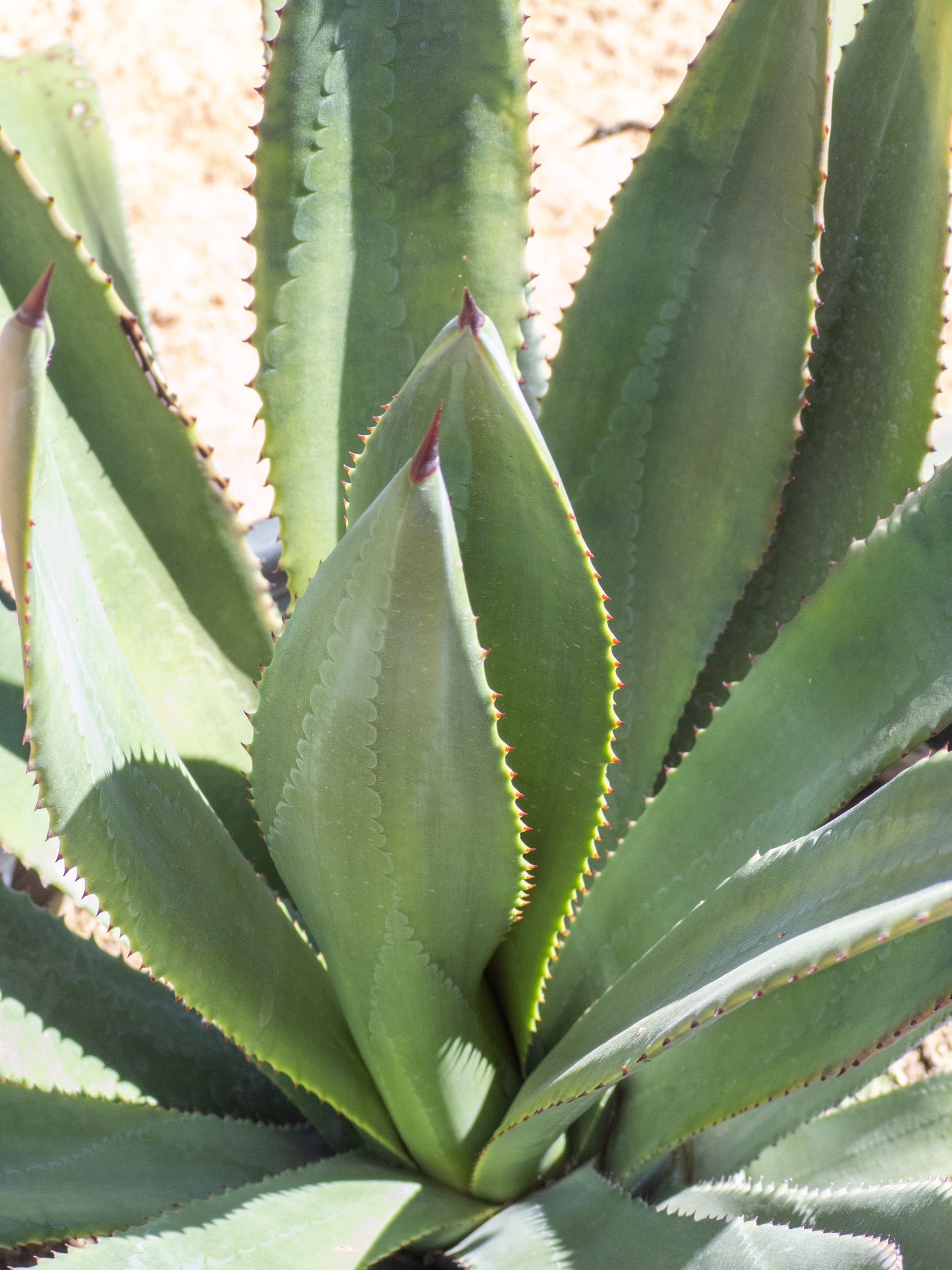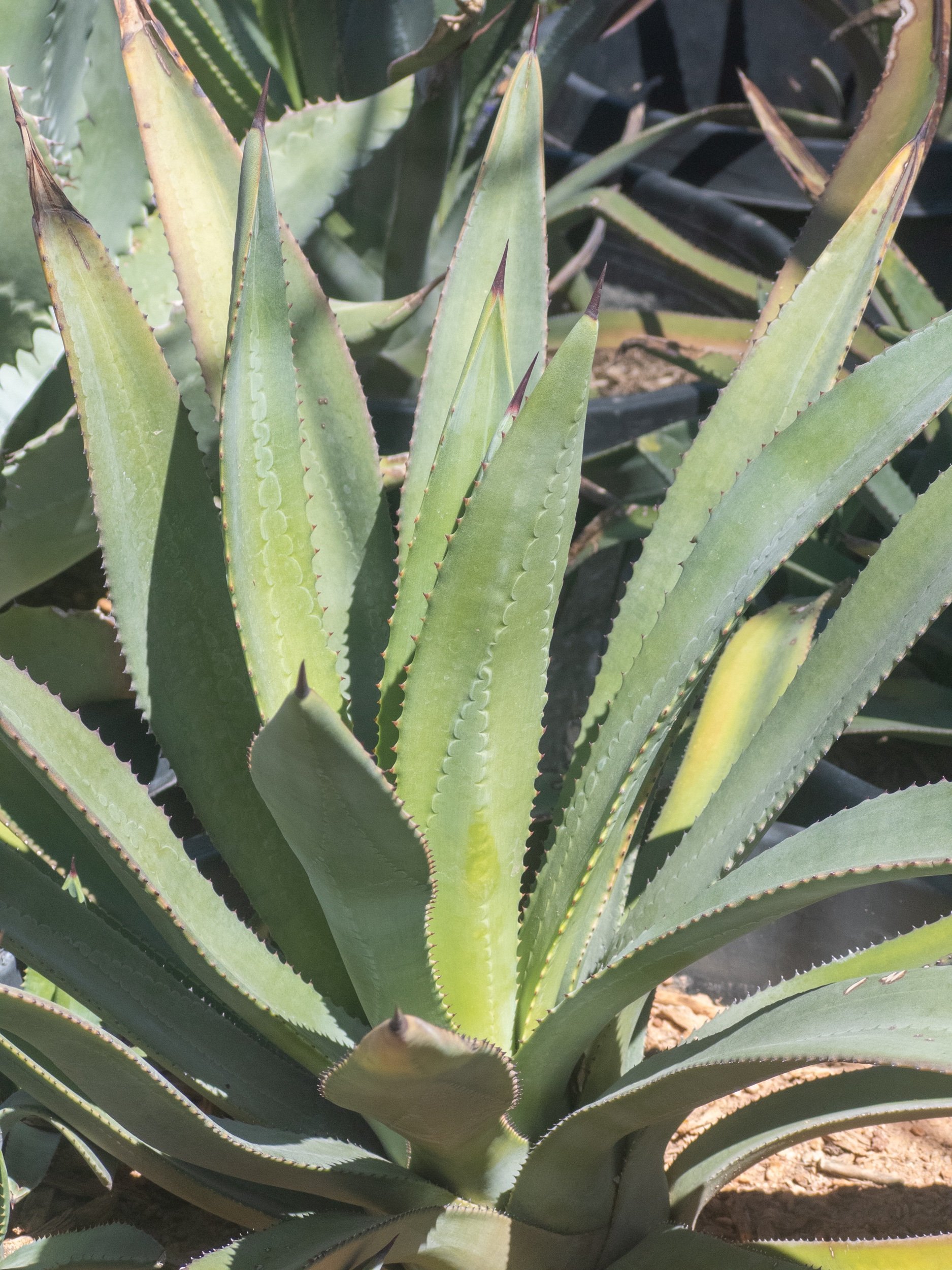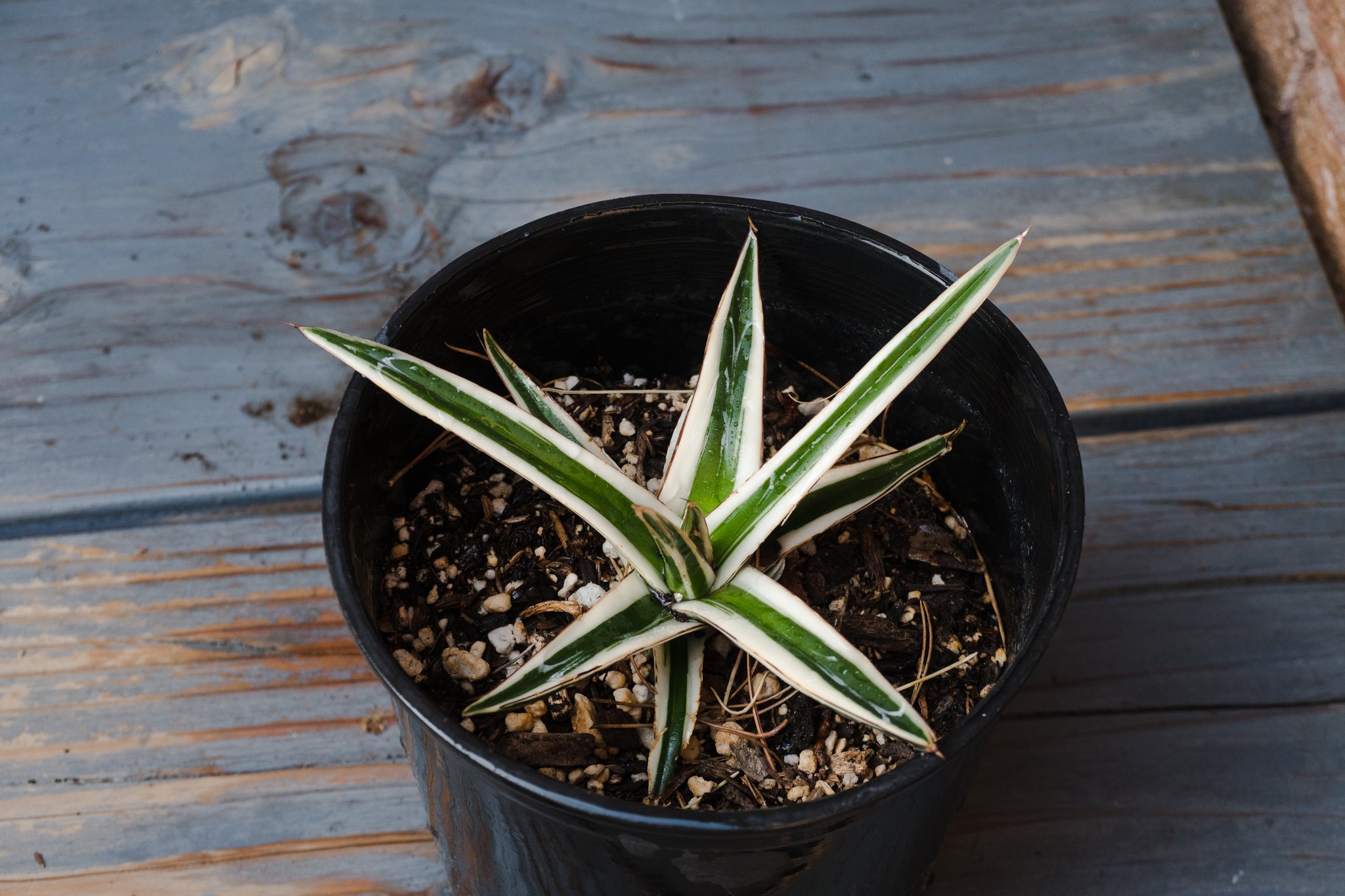 Image 1 of 1
Image 1 of 1


Queen Victoria "White Rhino"
Agave victoriae-reginae 'White Rhino' is a unique and stunning cultivar of the Agave victoriae-reginae species. It is known for its variegated leaves, which feature a striking contrast between its dark green base color and the creamy-white stripes that run along the edges of each leaf.
One of the most unique and striking features of Agave victoriae-reginae 'White Rhino' is its tightly packed and symmetrical rosette of leaves, which form a spiral pattern that gives the plant a mesmerizing and hypnotic appearance. The leaves themselves are rigid and pointed, with sharp, spiny teeth that add to the plant's dramatic look.
One of the reasons Agave victoriae-reginae 'White Rhino' is considered rare is that it is a slow-growing plant that takes several years to reach maturity. Its unique variegation also makes it a highly sought-after cultivar among collectors and enthusiasts.
Agave victoriae-reginae 'White Rhino' is well-suited for hot and dry environments and is drought-tolerant, making it an excellent choice for xeriscape and desert landscapes. It prefers well-draining soil and full sun to partial shade. As with most agave species, it is important to avoid overwatering to prevent root rot.
The origins of Agave victoriae-reginae 'White Rhino' are not entirely clear, but it is believed to be a naturally occurring mutation of the Agave victoriae-reginae species, which is native to Mexico. Its variegation is the result of a genetic mutation that affects the plant's ability to produce chlorophyll in certain parts of its leaves.
In conclusion, Agave victoriae-reginae 'White Rhino' is a rare and stunning plant with unique beauty and characteristics. Its variegation, tightly packed and symmetrical leaves, and slow growth make it a highly sought-after cultivar among collectors and enthusiasts. Its hardiness and low-maintenance requirements make it an excellent choice for xeriscape and desert landscapes.
Plant in part to full coastal sun, bright light in a greenhouse or light shade in well-drained soil and irrigate occasionally to very little – this plant is prone to rot and drainage and good irrigation practices are important
*rare and highly sought after
Water needs: low
Sun: full sun / shade / green house
Soil: Well draining
Agave victoriae-reginae 'White Rhino' is a unique and stunning cultivar of the Agave victoriae-reginae species. It is known for its variegated leaves, which feature a striking contrast between its dark green base color and the creamy-white stripes that run along the edges of each leaf.
One of the most unique and striking features of Agave victoriae-reginae 'White Rhino' is its tightly packed and symmetrical rosette of leaves, which form a spiral pattern that gives the plant a mesmerizing and hypnotic appearance. The leaves themselves are rigid and pointed, with sharp, spiny teeth that add to the plant's dramatic look.
One of the reasons Agave victoriae-reginae 'White Rhino' is considered rare is that it is a slow-growing plant that takes several years to reach maturity. Its unique variegation also makes it a highly sought-after cultivar among collectors and enthusiasts.
Agave victoriae-reginae 'White Rhino' is well-suited for hot and dry environments and is drought-tolerant, making it an excellent choice for xeriscape and desert landscapes. It prefers well-draining soil and full sun to partial shade. As with most agave species, it is important to avoid overwatering to prevent root rot.
The origins of Agave victoriae-reginae 'White Rhino' are not entirely clear, but it is believed to be a naturally occurring mutation of the Agave victoriae-reginae species, which is native to Mexico. Its variegation is the result of a genetic mutation that affects the plant's ability to produce chlorophyll in certain parts of its leaves.
In conclusion, Agave victoriae-reginae 'White Rhino' is a rare and stunning plant with unique beauty and characteristics. Its variegation, tightly packed and symmetrical leaves, and slow growth make it a highly sought-after cultivar among collectors and enthusiasts. Its hardiness and low-maintenance requirements make it an excellent choice for xeriscape and desert landscapes.
Plant in part to full coastal sun, bright light in a greenhouse or light shade in well-drained soil and irrigate occasionally to very little – this plant is prone to rot and drainage and good irrigation practices are important
*rare and highly sought after
Water needs: low
Sun: full sun / shade / green house
Soil: Well draining

